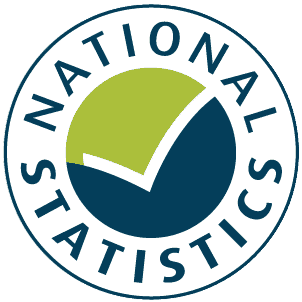You need to register for Plastic Packaging Tax if you’ve manufactured or imported 10 or more tonnes of finished plastic packaging components within the last 12 months, or will do so in the next 30 days.
This only applies for packaging subject to the tax and packaging in scope of the tax.
Finished plastic packaging components
Plastic Packaging Tax is due on plastic packaging components when they’re finished.
A component is finished when it has undergone its last substantial modification. Where the last substantial modification happens as part of the packing or filling process of the packaging, the component is finished after it has undergone the last substantial modification before that one.
The business that undertakes the last substantial modification before the packing or filling process will be liable for the tax.
Substantial modifications
A substantial modification is the last manufacturing process which changes the nature of the packaging component.
A substantial modification is a manufacturing process that changes the packaging components’ features. The features are the:
- shape
- structure
- thickness
- weight
Not all manufacturing processes are substantial modifications.
If you complete multiple processes at the same time to finish a packaging component, and at least one is the last substantial modification process, then all the other processes carried out at the same time will also be regarded as the last substantial modification. This includes where any of the other processes would not otherwise be regarded as substantial modifications.
If you import plastic packaging components which have already undergone their last substantial modification, they will be considered finished and you will be liable for the tax.
Examples of manufacturing processes which are substantial modification processes
This is not an exhaustive list.
Extrusion
This is when the raw material is pressed through a die to form the required shape.
Sheets of plastic and blown film can be made in this way.
Moulding
This is when plastic is moulded into a certain shape.
Bottle lids and bottle preforms can be made in this way.
Layering and laminating
This is when 2 or more layers are bonded together.
Labels can be made in this way.
Forming
This is when a sheet of plastic is shaped into packaging by being heated and shaped, including thermoforming and vacuum forming.
Examples include:
- pots
- tubs
- trays
This does not include blowing or forming a packaging component from a preform.
Printing
This is when ink is applied to plastic, usually to provide detail about what will be going in the packaging.
Changes which are not classed as substantial modifications
Not all manufacturing processes which change the packaging’s key features are classed as a substantial modification.
The following processes are an exhaustive list of the processes which are not classed as substantial modification.
Blowing
Blowing or otherwise forming a packaging component from a preform.
For example, blowing bottle preforms into bottles.
Cutting
Cutting the packaging, for example cutting film to size or cutting formed trays out of a larger sheet.
Labelling
Labelling the packaging, for example gluing a label to a tub or heating a shrink film label onto a bottle.
The label may also be a packaging component which should be considered for the tax.
Sealing
Sealing the packaging, for example attaching a film lid onto a tub or attaching 2 sides of a piece of film to close a bag.



